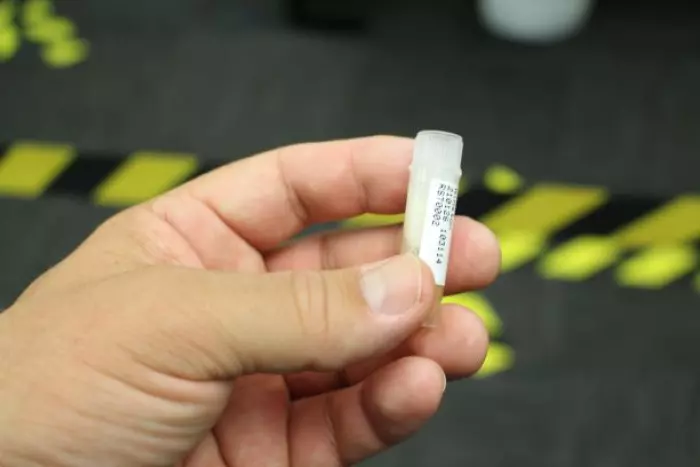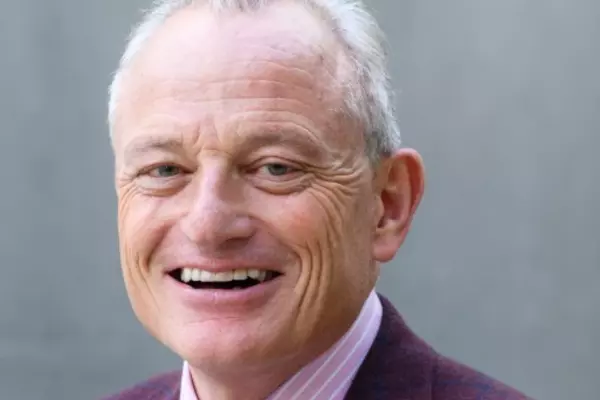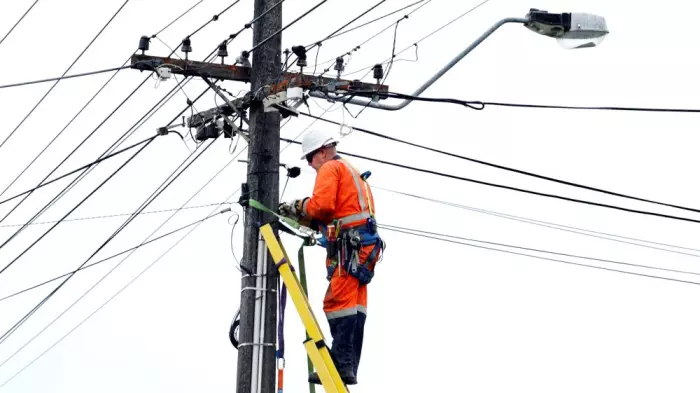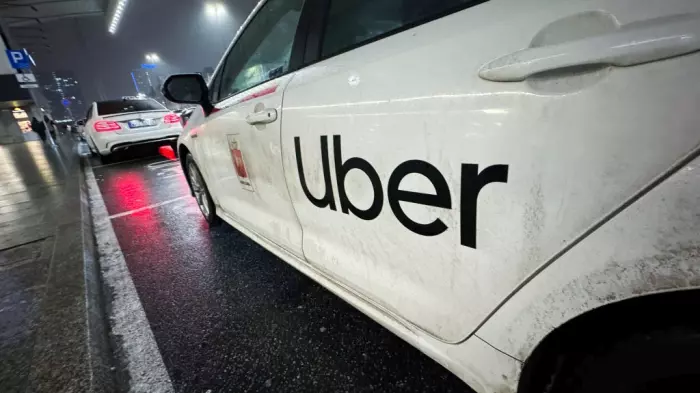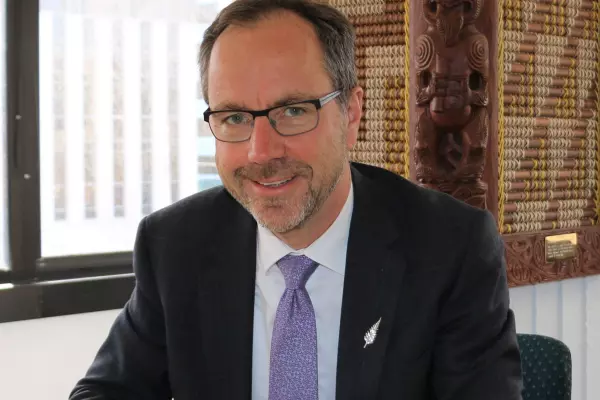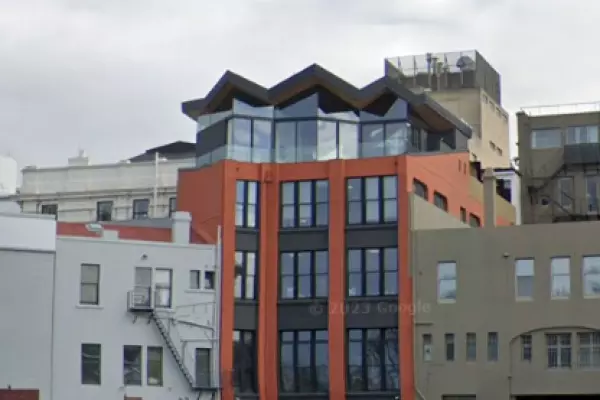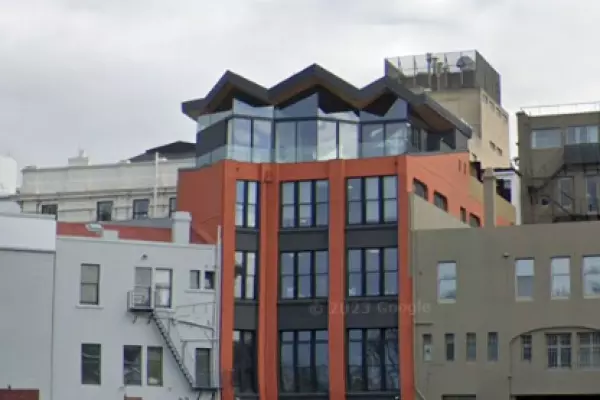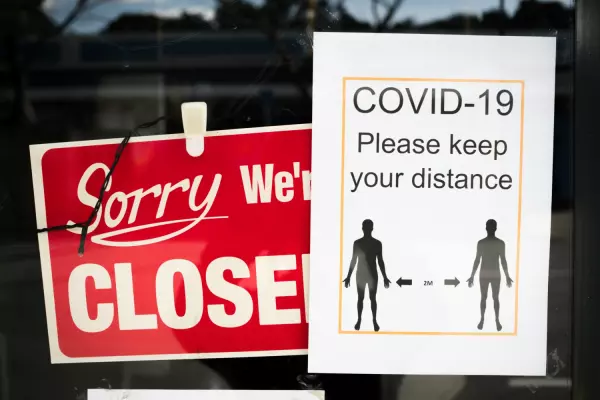Auckland International Airport is using a new saliva-based test on its workforce to try and prove it could replace invasive nasal swab testing - currently the only officially accepted type of covid screening test.
Developed at the University of Illinois, the test has been licenced to New Zealand biomedical start-up Rako Science, which has been validating the test among Auckland airport workforce volunteers since mid-January.
“I want to emphasise that this test is incredibly accurate,” said Associate Professor Janet Pitman from Victoria University of Wellington’s School of Biological Sciences. “It is similar if not better than the nasal swab test.”
The Ministry of Health is trialling a different saliva test, developed at Yale University, in laboratories at the Crown-owned research institute, ESR, which has yet to be scientifically validated.
The Rako test has already received validation from International Accreditation NZ.
Among its potential advances is its accuracy in picking up pre-infectious cases of covid-19 before they develop, the fact it can be non-invasively administered every two days or so without a nasal probe, and test results can be produced more quickly than from the nasal swab.
Proving the concept
However, the airport’s general manager of corporate services, Mary-Liz Tuck, stressed the saliva test is not replacing the nasal swab test, which remains the only test approved by the NZ government for covid testing.
“This is a proof-of-concept pilot,” she said. “For us, it’s about having about a third of our workforce on regular fortnightly nasal testing. The theory behind this is to see if saliva-testing is as accurate for asymptomatic testing.”
Being able to administer “two tests a week rather than one test a fortnight” would improve the number of cases of covid caught before they spread to others.
The tests are not being used for international passengers.
The development comes a day after Covid Response Minister Chris Hipkins announced the discovery of three new community cases of covid-19 in South Auckland, leading to a new rash of public testing, tracing and isolation requirements.
Rako involves Wellington-based Close Associate, owned by serial entrepreneurs and brothers Steven and Leon Grice, the latter a deeply connected Wellington PR operator who led NZ’s Rugby World Cup effort in 2011 and was consul-general to Los Angeles during the 2013 America’s Cup in San Francisco.
He was also an adviser in last year’s ad hoc covid response taskforce involving former Air NZ chief executive Rob Fyfe, working closely with the ministerial group led by Prime Minister Jacinda Ardern in the early days of the pandemic response.
Campus success
The Rako test has been pursued for use in NZ after Stephen Grice became aware of its development and use on the Urbana campus of the University of Illinois, where more than 1.3 million tests have been administered on the 46,000-strong student body.
A mathematical predictive model initially developed by Stephen Grice, his son Patrick and Illinois University's Professor Richard Laugesen last year lead to Rako licensing the SHIELD saliva test. The SHIELD saliva test, among other innovations the university developed, was used to keep the campus open for teaching while covid-19 rages in the US.
Also backing Rako is Hawkes Bay-based entrepreneur Sean Colgan.
Rako’s Pitman said a key feature of the Illinois test was it removed a lengthy processing step required by both the nasal swab test and the Yale saliva test, both of which require the extraction of enzymes in nasal fluid and saliva prior to testing for covid.
The Illinois test creates a biologically inactive sample by using a heat bath process that removes this time-consuming step.
It was important, given negative publicity about some saliva testing methods, that “a saliva test is not a saliva test is not a saliva test”, said Pitman. Each test protocol was different.
A Rako test taken before 2pm would yield a result by the end of the same day, she said.
The test also has the advantage of being able to be collected by the tested individual, by drooling saliva into a QR-coded bottle, rather than requiring the assistance of a trained test administrator for the nasal swab.


